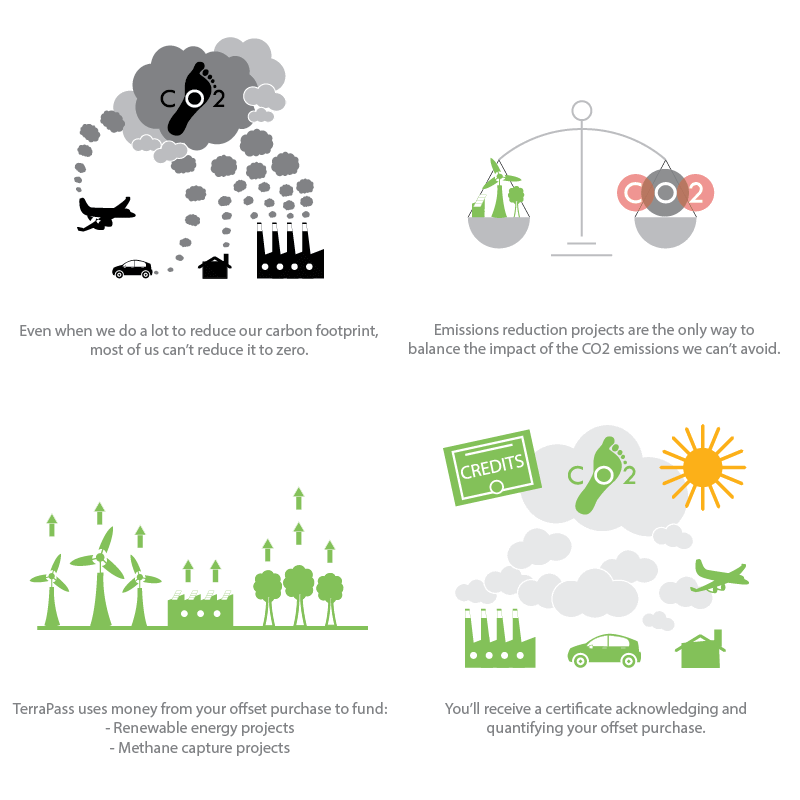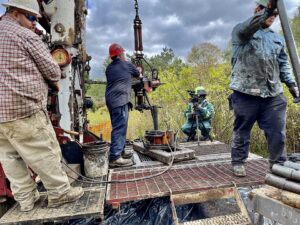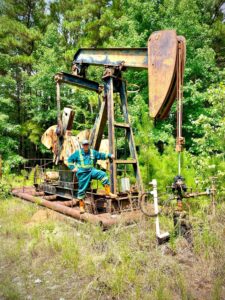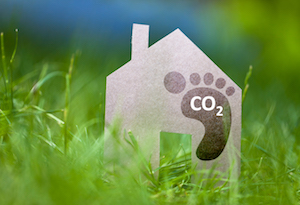Want to shrink your carbon footprint this holiday season? Affordable carbon offsets can help. Here’s how, courtesy of TerraPass, our sponsors for this post.
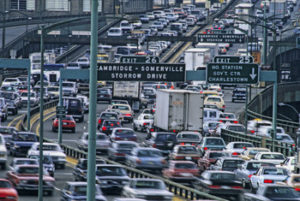
It’s pretty hard to go day-to-day and not burn any fossil fuels, but it’s especially hard when we’re trying to get somewhere, since transportation depends so heavily on carbon-heavy oil. That’s true for you electric car drivers, too, since your electricity is ultimately coming from a utility that probably uses coal, another carbon-intense fuel, to generate power.
Even when you’ve done everything else you can to cut back on the amount of fuel you use, you’re probably still using some energy that ultimately releases carbon into the atmosphere That’s your carbon footprint. The beauty of carbon offsets is that they help compensate for the carbon you emit by supporting projects and technologies that absorb or capture carbon and other greenhouse gases elsewhere on the planet. In other words, when you support an offset project, it helps shrink your own carbon footprint while reducing the build-up of more climate change gases in the atmosphere.
What Are Carbon Offsets Anyway?
Specifically, a carbon offset is a certificate representing the reduction of one metric ton (2,205 lbs) of carbon dioxide (CO2) emissions. These emissions are the principal cause of climate change. In an offset project, every ton of emissions reduced results in the creation of one carbon offset. Carbon offset projects can be very expensive to build and maintain. Project developers sell offsets to people like you and me, as wll as to cities and big companies, to finance the projects.
TerraPass funds a portfolio of projects throughout the United States which are all verified and validated under stringent standards. In addition to the environmental benefits from their projects, they also support local communities by providing additional jobs and funds to rural areas; helping to improve air and water quality; and delivering renewable energy to the grid. (You can see their project portfolio here.)
Some projects involve forestry management, which helps forests sequester (i.e. keep, rather than release) more carbon. Others help communities build wind farms to reduce the need to burn fossil fuels. A dairy farm can install an anaerobic digester to capture and destroy methane, another greenhouse gas, that would otherwise be released when animal manure decomposes. This graphic explains carbon offsets perfectly.
What Do Carbon Offsets Cost?
Projects like building a windmill or managing a forest sound expensive, don’t they? And they are, which is why the project developer sells offsets: to help finance their construction and operation. But the beauty of the offset approach is that no one person pays for it all. In fact, because so many people are buying offsets, the price to any one person is really affordable.
For the holidays, TerraPass is offering consumers the chance to shrink their carbon footprint by buying Arcata Community Forest Carbon Offsets. With the purchase of a Holiday Forest gift, you will support the City of Arcata’s community forest located in California. The forest absorbs and stores approximately 2,500 more metric tons (mT) of C02 a year than neighboring forests, or the equivalent of taking 550 cars off the road each year. The purchase of carbon offsets is a critical component of the funding for the management of the forest, which is completely self-funded with no reliance on tax-payer dollars.
How Big Is Your Carbon Footprint?
You can figure out how big your own carbon footprint is by using the TerraPass Carbon Footprint Calculator here. (It only took me a few minutes to calculate mine.)
Once you know how big your footprint is, here are a few ways you can shrink it:
For $13.12, you can shrink your footprint by 1 mT (metric ton), which is equivalent to 2,205 pounds of emitted carbon dioxide.
You might not think that’s much, but it’s equivalent to:
* 5 Homes decorated with lights for the holidays
* 2,381 miles driven by an average passenger vehicle
* 113 gallons of gasoline consumed (the average car holds 12 gallons, so you could offset ten fill ups with just $13.12)
If you want to do more, for $59.50, you could offset 4.5mT of emitted carbon dioxide, or 10,000 lbs.
That’s equivalent to:
* 175 holiday dinners, or
* 1 passenger vehicle off the road, or
* More than half of the electricity your home uses for one year, or
* 15 holiday shopping trips, or
* 4 to 5 flights of 4+ hours, or
* 10,800 miles driven by an average passenger vehicle
Wow!
True Confessions
One year for Christmas, my husband figured out my carbon footprint and then bought me carbon offsets as a present. I’m not kidding! And you know what? I loved it! I really did.
Next Steps
At the very least, I recommend you calculate your carbon footprint. Even if you’ve already taken a lot of steps to save energy, an offset can help you do a little more.
And you know what, even if your footprint is teeny tiny, you might still want to support one of TerraPass’ offset projects because they’re so inspiring.
Take a look. And let me know what you do, ok?



